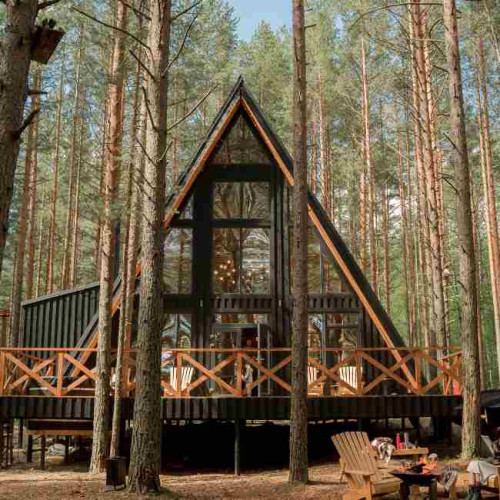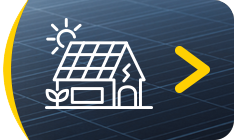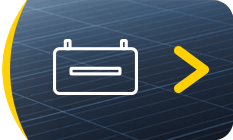- 09 Oct, 2017
- Solar Training , Definitions , Using and installation

Autonomous solar installations in isolated sites off the power grid are used to insure the power supply in areas that cannot draw energy from the grid. Such projects are on the whole less demanding and complex than those combining solar energy and energy from the grid. Such a system can also be used to cover your own power supply completly or to ensure you still have power in the event of a power outage. If you want to do so, what should you bear in mind? What can such installation do and what are their limits?
Different ways to use them
Some people use autonomous solar installations to fully cover their own energy consumption themselves. It's a life style and a great way to live a eco-friendly life that does not harm the environment. It's also a great way to save money. You need batteries to store the excess energy for later use. These batteries can easily be stored inside a house. A fully autonomous solar installation is quite an investment, however. You need several solar panels, about 12 kW of panels to be precise for a family with 4 members.
Another way to use it: for isolated or mobile systems. In the agricultural sector, such installations can be used to power a water pump that cannot be connected to the power grid, for instance. Autonomous solar installations can also insure irrigation in remote places. The same goes for mobile-homes or caravans. Here, a single solar panel can already be enough to cover the home's energy needs. However, you need to add a charge controller and solar batteries - even though they might take up quite some space.
You can also use autonomous solar installations to make a system in particular autonomous. This can be the outdoor lighting or rolling shutters powered by sunlight. It is also a great add-on solution to ensure the energy supply in businesses in the event of a power outage.
What are the limitations?
You will need a rather large installation if you want it to be fully autonomous. For mobile systems, it is possible to keep the number of solar panels down by not using an inverter. However, this means you have to buy devices that can be powered with direct current.
You can also not use an inverter in your house if you want to invest in less solar panels. However, eletrical appliances powered by direct current are normally more expensive than the ones with AC. You would also have to change your light bulbs and use LED lamps or fluorescent lamps. Simply calculate an estimate beforehand so you can make the right investment decision.
If you are planing on investing in a large solar installation, bare in mind that you might need a backup power system (wind energy for instance) to cover your needs when they temporarily increase or in bad weather. Also, solar batteries require regular maintenance and sould be replaced every 9 years (if the daily depth of discharge does not exceed 7%). You must also store them in a cool environment to reduce the self-discharge rate. So think carefully about where you could store them beforehand.
Autonomous solar systems can be a great solutions in many cases. They provide you with the opportunity to reduce your electricity bill while switching to clean energies you produced yourself. Always remember that a solar installation is not set in stone: You can modify or enlargen it whenever needed. Adding more solar panels is easy, for instance. A autonomous solar installations in remote areas off the grid is a good investment for sure!
Furthermore, an autonomous solar system is particularly safe. Less risks of solar shocks, less risks of fire etc. compared to a generator runing on fuel. Another asset: Autonomous systems allow businesses to make sure their security systems (alarms, fire detection) work even during power outages.
Assess your situation and your needs currently beforehand and your solar project will certainly be a success. And an autonomous system might just be the solution you were looking for.
All rights reserved











